The NHERI SimCenter is excited to host four REU students this summer and co-mentor an REU student located at the NHERI RAPID facility. NSF’s Research Experiences for Undergraduates (REU) program promotes education and research through internships in active research. Four REUs join the SimCenter on site for an intensive ten-week internship where they complete independent research projects while mentored by domain experts on the software development team. Their research outcomes will be presented at the NHERI REU Symposium on August 8 and 9 at UC San Diego with REUs from the other NHERI sites.
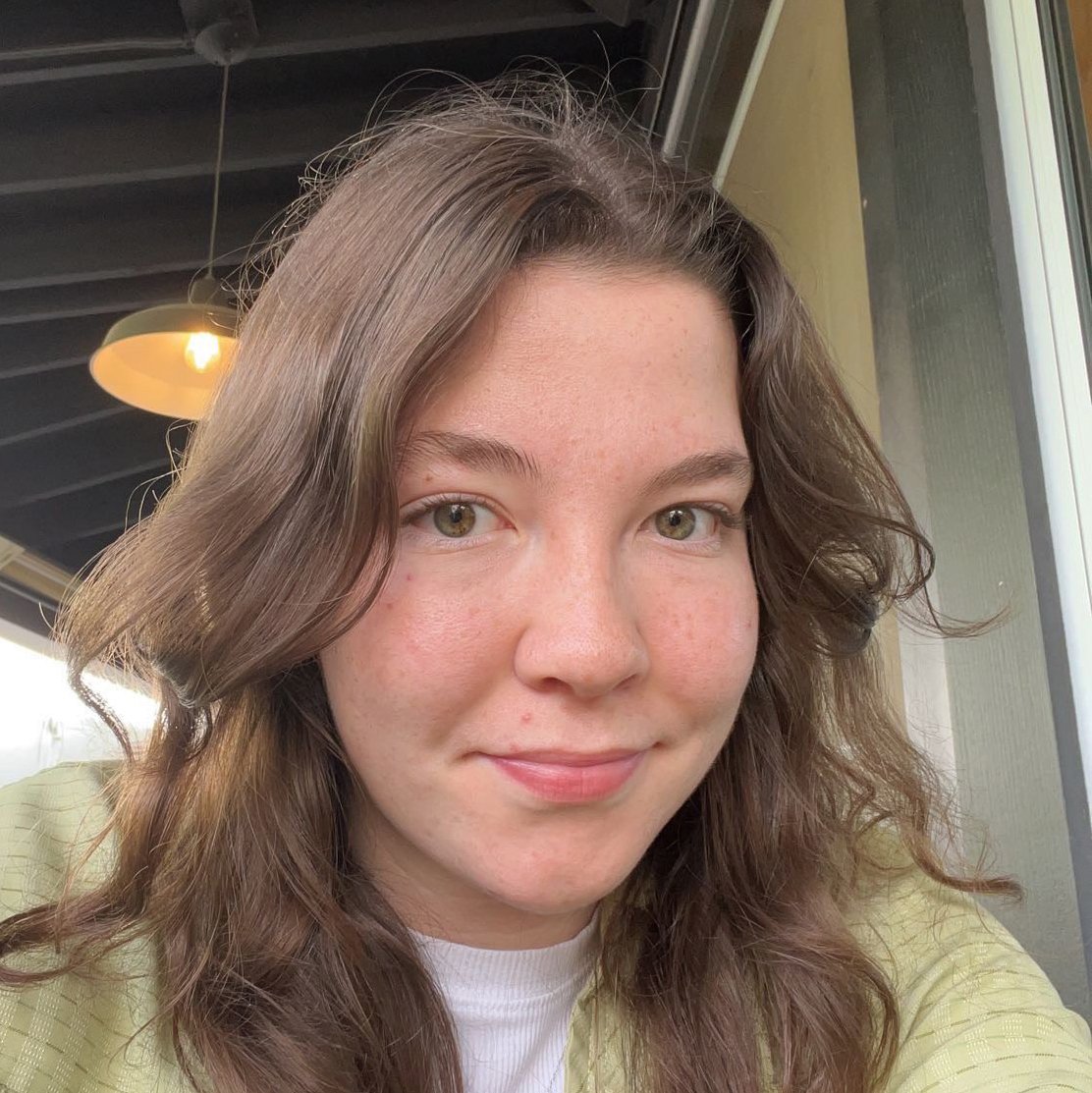
Josette Audi will be a senior studying Ocean Engineering at the University of Rhode Island. She applied to the REU program to further her understanding of how to conduct a research project and get more experience in the natural hazards field. She was attracted to the SimCenter because she was “drawn to the independence it offered in choosing a project and the opportunities it could bring.”
Josette’s mentor is Sang-ri Yi on the project “Comparison of Sensitivity Indexes Obtained from Simulation and Historical Data for Regional Risk Assessment: Hurricane Ian.” The purpose of the project is to identify the parameters that have the most correlation to the damage from hurricanes. The goal is to help reduce uncertainty in modeling and gain better understanding of the impact of natural disasters.
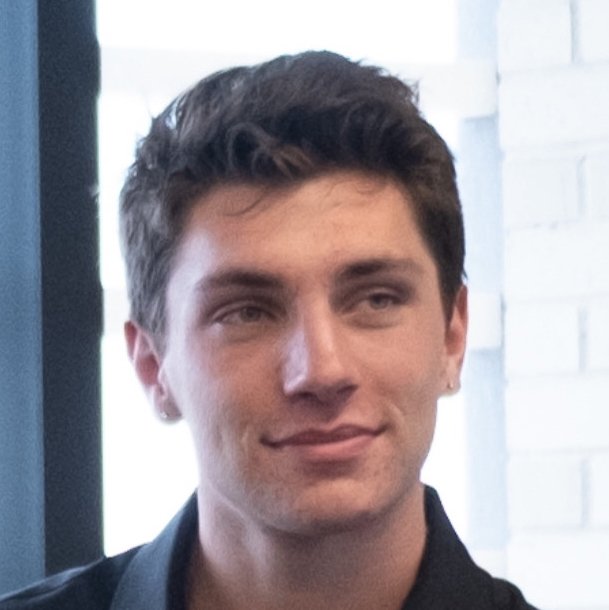
Trey Gower will be a senior studying Aerospace Engineering at the University of Texas at Austin. His research mentor, Clint Dawson, presented Trey with the REU program as an exciting opportunity that aligned perfectly with Trey’s desire to go deeper into scientific and computational research. Trey stated that “the SimCenter at UC Berkeley emerged as a clear choice because of the compelling research conducted there, and coupled with the allure of the Bay Area location, made it a great fit.”
Trey’s mentor is Justin Bonus on the project “Unveiling Debris Flow Dynamics: Physics-Informed Machine Learning via MPM Wave Simulations.” The goal of this project is to utilize machine learning to accurately reproduce debris in flow fields (e.g., tsunamis, avalanches) and analyze structural stress and strain. This will be accomplished by leveraging the Material Point Method (MPM) in a high-performance python library, “Taichi Lang,” to generate high-fidelity surrogate simulations. These simulations will serve as training data for the Graph Neural Network (GNN) machine learning model, enabling the recreation and production of accurate complex physics models. Additionally, this approach aims to enhance the quality of digital twin simulations, achieving a more precise representation of physics within these digital twins.
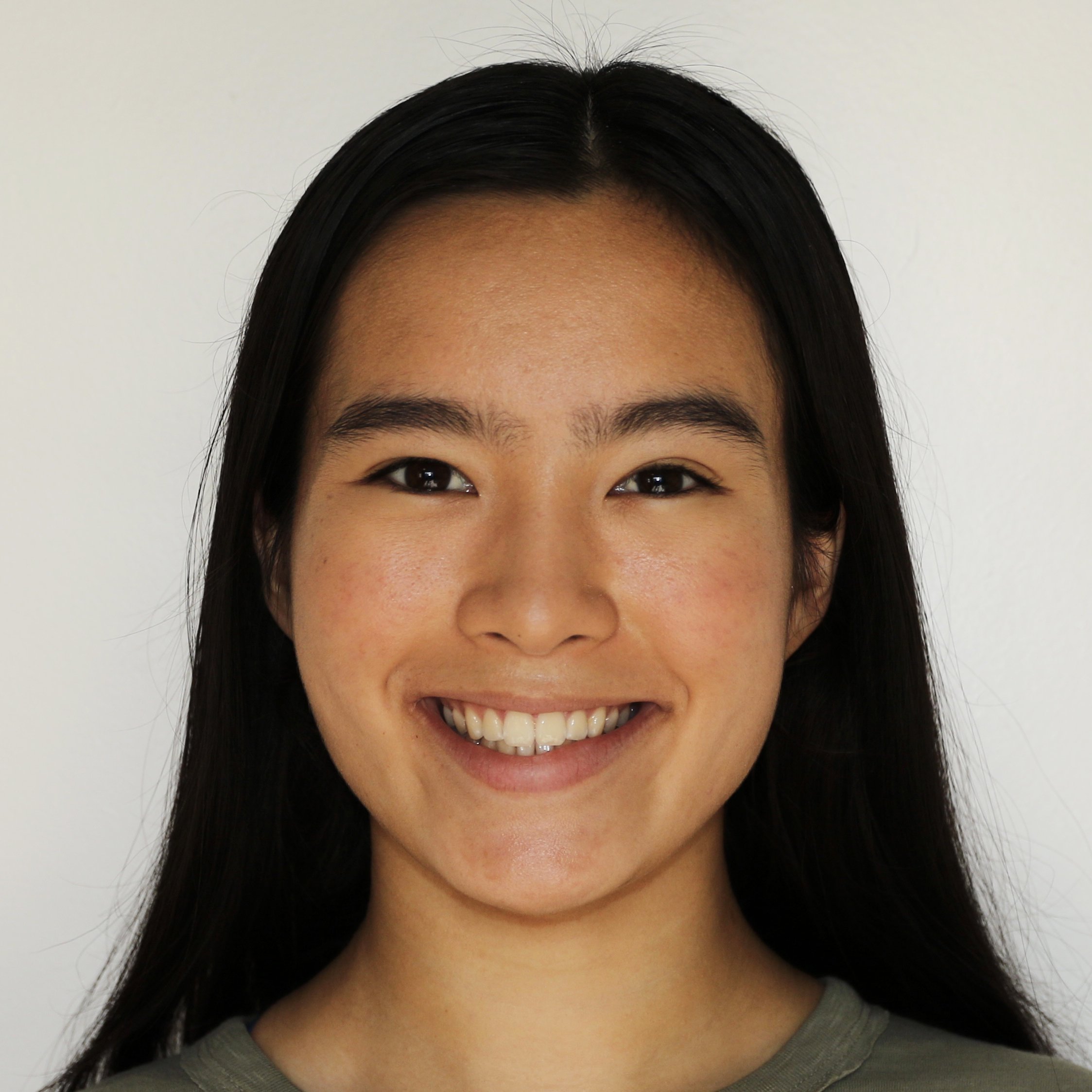
Emily Nakamura will be a senior studying Structural Engineering at UC San Diego. She applied to the SimCenter because it offered the opportunity to do computational research with her own hands-on research project. She enjoys structural engineering and has a strong interest for research work that applies computational methods to reduce risk and increase resilience in the built environment so that safer and more sustainable structures, for people and the environment, can be achieved. Emily notes that “the REU program at the SimCenter seemed like the perfect opportunity to do research that accomplishes all of these goals and exposes me to research methods related to risk, probability, and reliability, which are specific themes in my coursework that I have enjoyed and have been wanting to apply again.”
Emily’s mentor is Aakash Bangalore Satish on the project “Assessing the Probability of Building Failure Due to Post-Earthquake Fire.” The purpose of the project is to investigate the elevated risk of a building that has undergone permanent deformation due to an earthquake event, that then has a fire load. This involves coding a thermomechanical model to generate a deterministic result, and then using SimCenter’s quoFEM application to propagate the uncertainty.
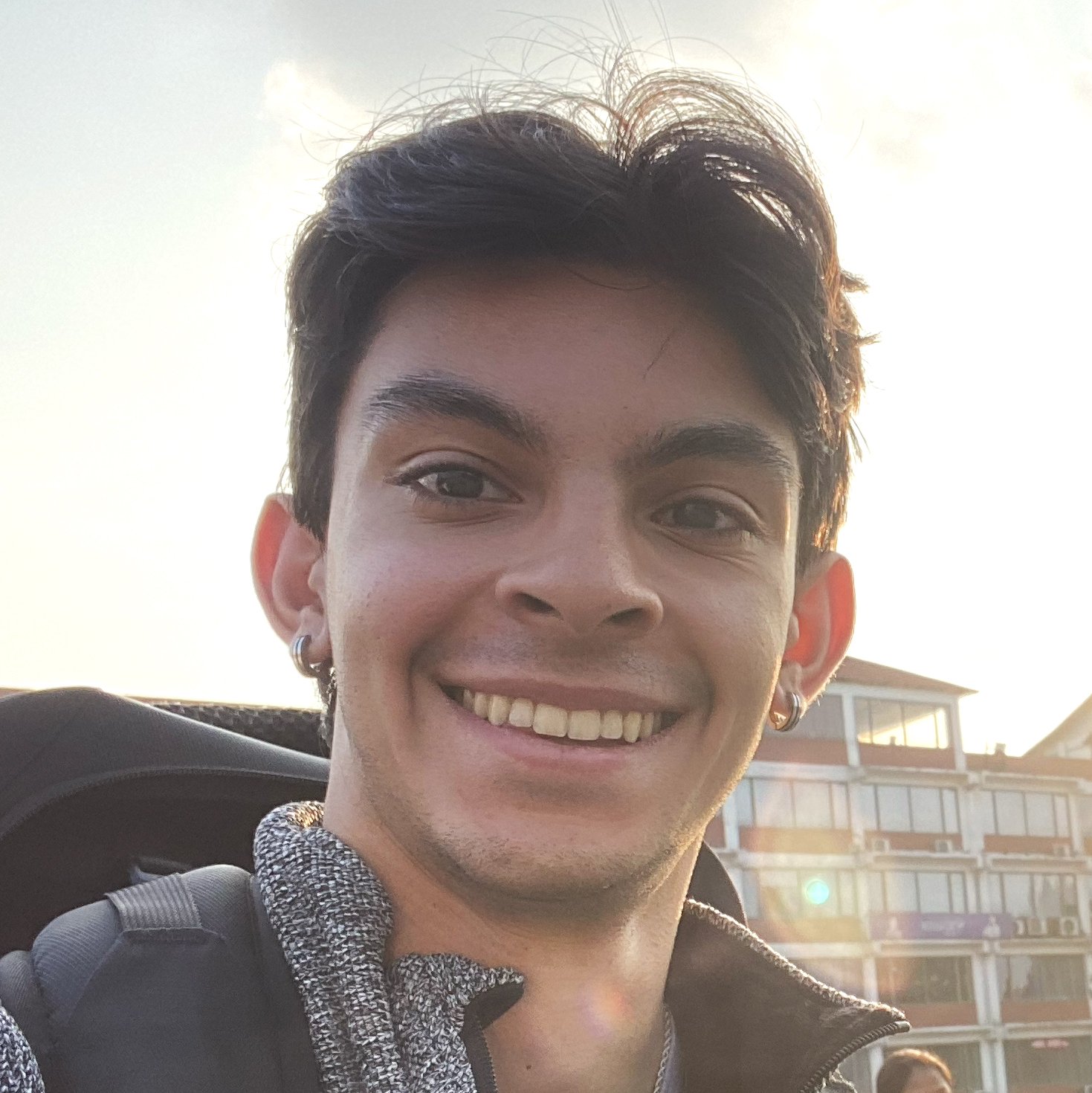
Cristian Varela will be a senior in Industrial and Systems Engineering and Chinese Language at the University of Rhode Island. He was prompted to apply to the REU program because of the focus on natural hazards. He is interested in the impact of natural hazards and how to plan for them, both prior to and after their occurrence. This topic, combined with his interest in simulation and modeling, motivated him to apply to the SimCenter. Cris says he was also influenced by the SimCenter staff and researchers “who all have different academic and cultural backgrounds.”
Cristian’s mentors are Jinyan Zhao and Tianyu Han on the project "Impact of Urban Flood on Transportation Infrastructure.” The project focus is on estimating the potential impact of flooding on a transportation network in the Atlantic City area, New Jersey. The project currently involves creating an inventory of the transportation network and modeling the origin-destination pairs to estimate how traffic and evacuation are affected by flooding.
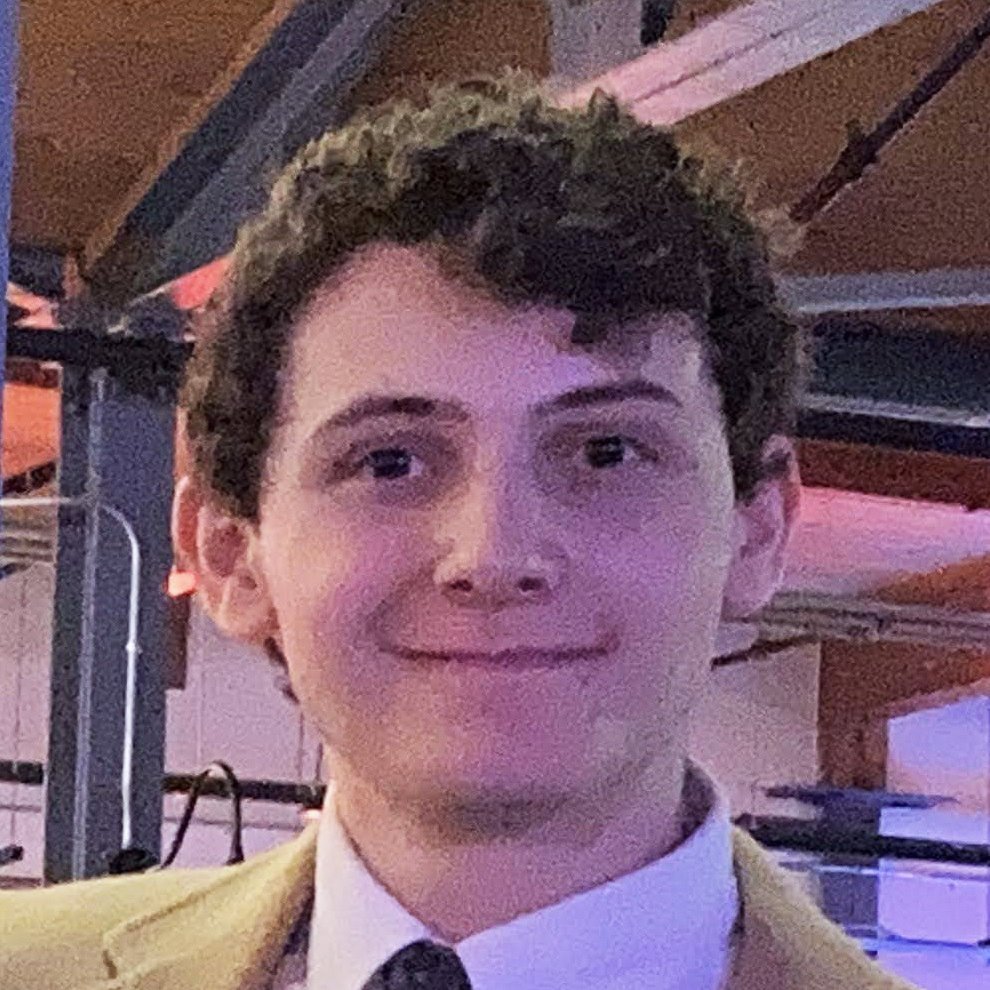
Edan Miller will be a junior majoring in Electrical Engineering at the University of Maryland. For this summer’s REU program, he is located at the RAPID facility at University of Washington, and he is jointly mentored by RAPID and SimCenter. He applied to the REU position at RAPID because it aligns with his goals of using data to tell a story everyone can learn from and use to help others. The equipment and other technologies available at RAPID are fascinating and align with some of the instrumentation he has experience with at University of Maryland, as well as with hobbies he has pursued since childhood.
Edan’s SimCenter mentor, Barbaros Cetiner, as well as RAPID mentors Laura Lowes, Jeffrey Berman, Karen Dedinsky, and Andrew Lyda, support him on the project “Using Street-Level Hurricane Damage Datasets to Advance AI-Supported Damage Detection and Characterization.” The purpose of the project is to automate and expedite the labor-intensive process of damage classification through exploring the capabilities of existing vision language models to detect key artifacts of building damage and their sources. Edan noted that “by having a machine use AI-supported image recognition to identify and categorize large quantities of data with high accuracy, we could more effectively disseminate crucial information to disaster response agencies and provide timely relief to affected persons.”